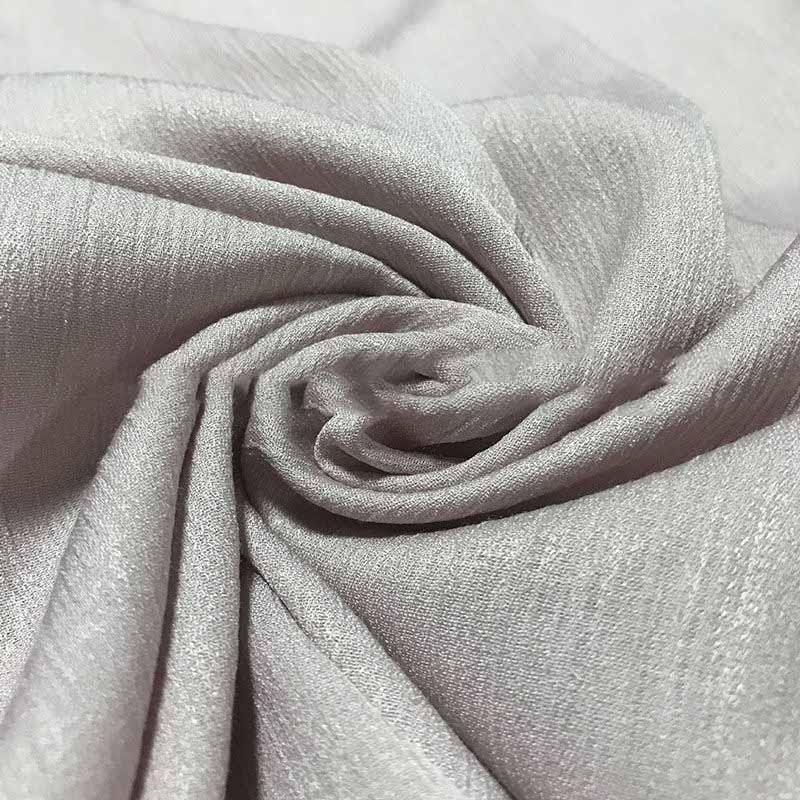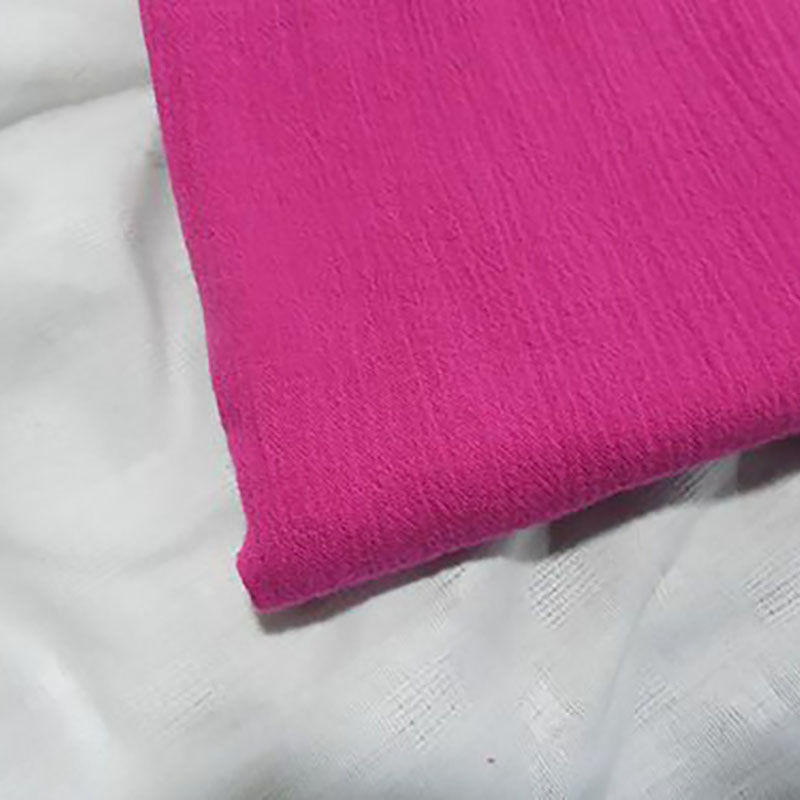In today's textile industry, the demand for advanced materials has given rise to innovative solutions, particularly the dual-layer fabric structure. This piece explores the development timeline, functionality, and various applications of dual-layer fabrics.
The evolution of dual-layer fabrics can be traced back to early innovations in textile engineering, where manufacturers aimed to enhance performance through structural modifications. The first known applications began in the late 20th century as industries sought materials that could provide both durability and comfort.

A typical dual-layer fabric consists of two distinct layers that combine to provide unique properties. The outer layer often serves as a protective barrier against environmental factors, while the inner layer focuses on comfort and moisture management. This synergy enhances the overall performance of textiles in various applications.
Dual-layer fabrics have found their way into countless sectors. In the sportswear industry, these textiles are prized for their moisture-wicking properties and breathability. In medical settings, they offer comfort for patients while ensuring ease of sterilization. Additionally, the automotive sector utilizes them to improve vehicle upholstery and enhance passenger comfort.

As technology advances, we expect to see even more innovative designs and applications in the field of dual-layer fabrics. With the growing emphasis on sustainability, manufacturers are focusing on developing eco-friendly materials that do not compromise performance.

In conclusion, dual-layer fabric structures represent a significant advancement in textile technology, offering various functional benefits across multiple industries. As we continue to explore and innovate, these textiles will undoubtedly become a cornerstone of modern manufacturing and design.

